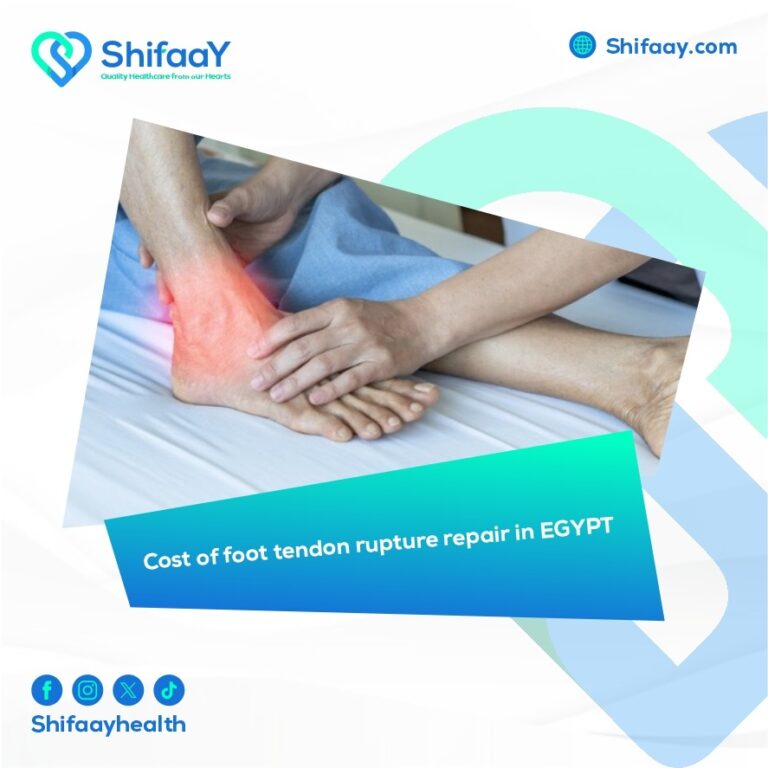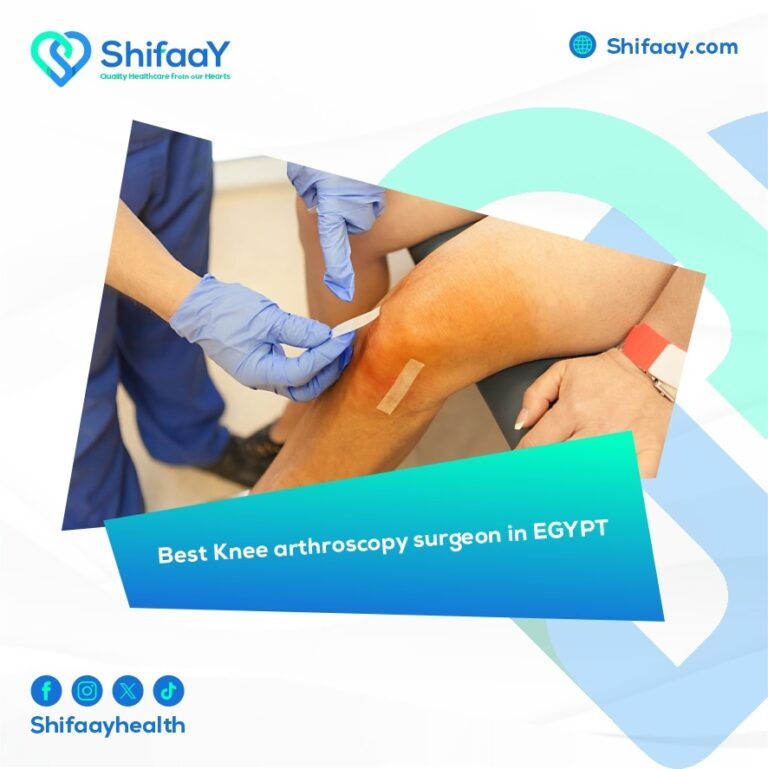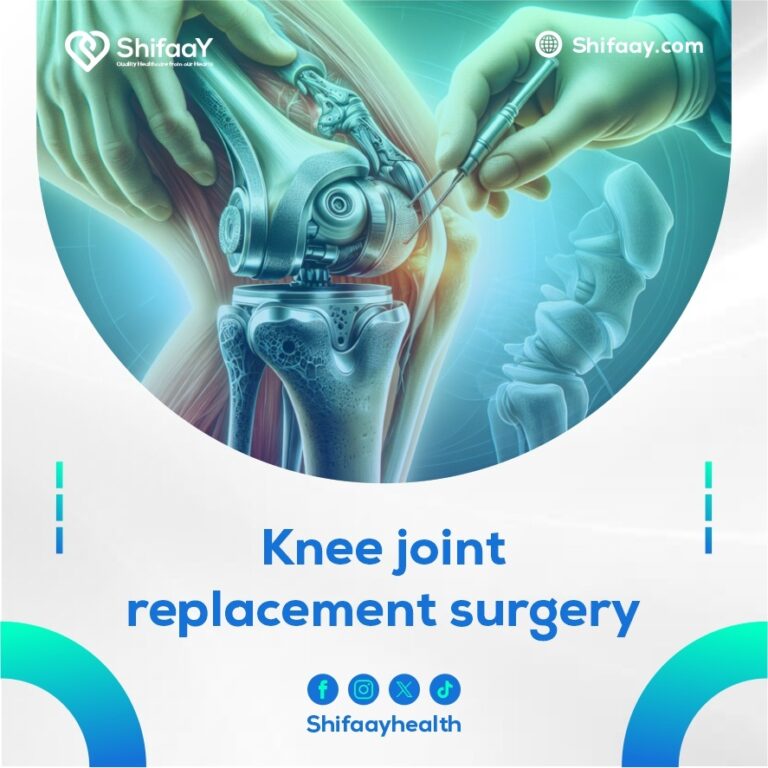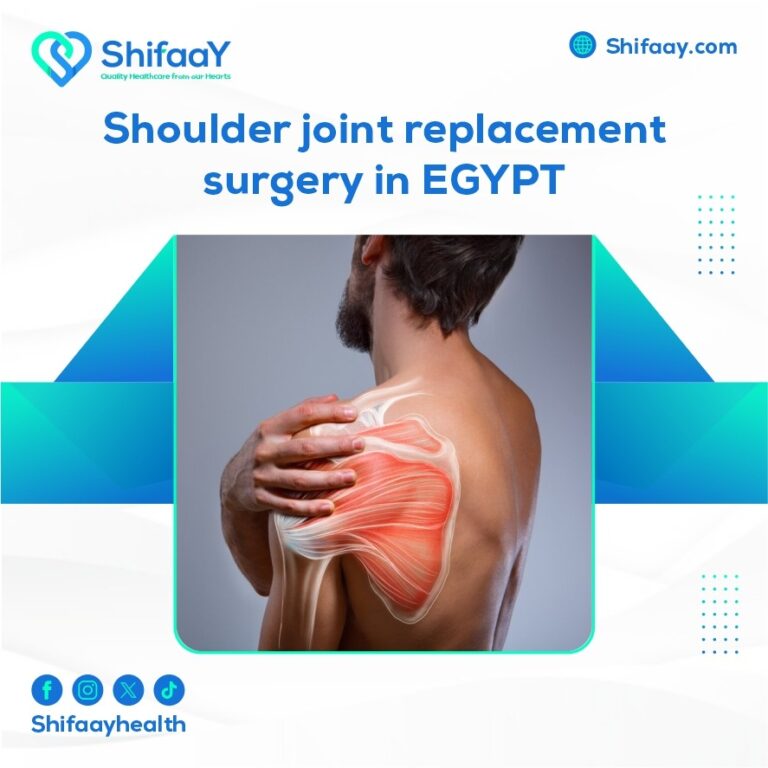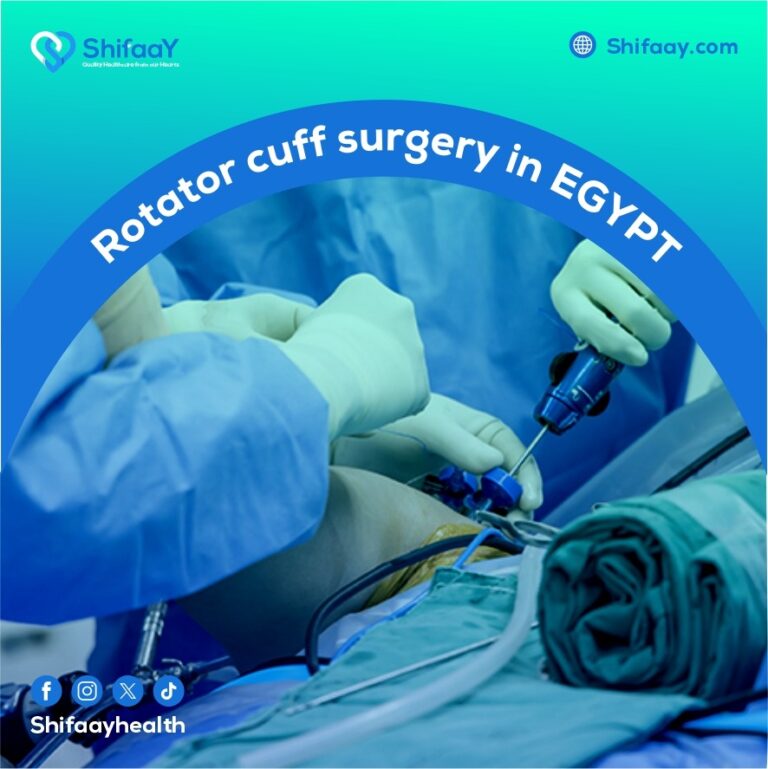Femoral Bone Drilling for Blood Flow Restoration
The femoral head drilling procedure is considered one of the precise and complex medical interventions that can make a real difference in the lives of many patients suffering from chronic joint problems or bone degeneration. Since chronic pain and difficulty in movement can present major obstacles to daily functioning, this type of surgery offers a ray of hope by restoring comfort and mobility. The main goal of the procedure is to stimulate the growth of new blood vessels and enhance blood flow to the affected area, which helps relieve pain and promotes bone healing. It is also considered an effective preventive solution in the early stages of femoral head avascular necrosis or degeneration, as it helps slow the progression of the condition and delays the need for major surgical interventions such as total hip replacement.
Femoral bone drilling to restore blood flow has become one of the advanced therapeutic options increasingly recommended in cases where imaging studies—such as X-rays and MRI scans—indicate the early signs of compromised blood supply to the femoral head. This is due to its high effectiveness in improving the functional status of the joint and reducing potential complications related to bone deterioration. Moreover, the procedure is typically performed using a specialized set of advanced tools designed to create small holes in the bone without causing damage to the surrounding tissues. This contributes to a shorter recovery period and increases the likelihood of a favorable response to treatment. To achieve the best results, patients are often advised to follow a post-operative care plan that includes temporary rest and intensive physical therapy to strengthen the muscles around the joint and improve flexibility.
Shifaay Healthcare Center is recognized as one of the leading advanced medical centers specializing in this type of treatment with precision and high efficiency. It relies on a highly skilled and experienced medical team that performs femoral head drilling procedures using the latest medical technologies. The center places strong emphasis on accurate patient evaluation through advanced laboratory and imaging diagnostics to ensure precise diagnosis and determine the most appropriate treatment approach. In addition, the center is committed to providing comprehensive post-operative care, including physical therapy and continuous medical guidance, to ensure rapid healing and the best possible outcomes. This makes Shifaay the ideal choice for patients seeking to regain mobility and live a pain-free life.
Treatment of Avascular Necrosis of the Hip Joint
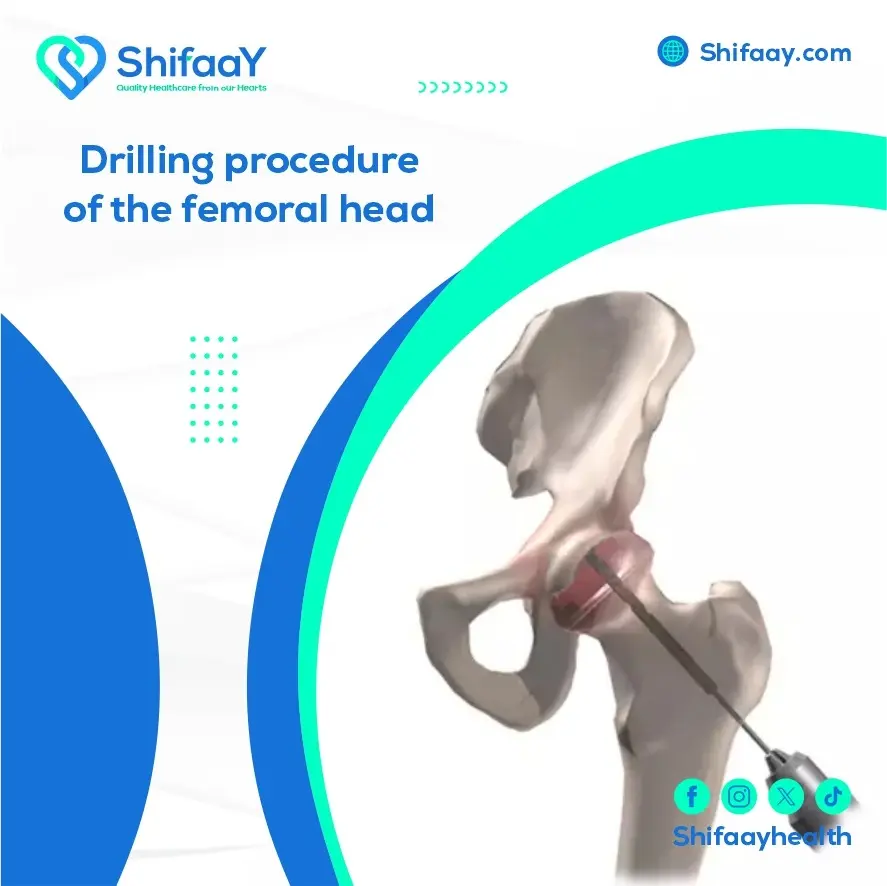
Avascular necrosis of the hip joint is one of the significant medical conditions that, while unfamiliar to many, represents a serious problem that greatly affects the quality of daily life for those suffering from it. This condition typically occurs due to a reduction or complete interruption of blood flow to the hip joint as a result of narrowing or blockage in the blood vessels that supply the joint. This leads to a deficiency in oxygen and essential nutrients required for the joint to function properly, resulting in severe pain, limited mobility, and—in advanced stages—permanent tissue damage.
Fortunately, there are several advanced medical treatments available that can help alleviate the symptoms of this condition.
This is where Shifaay Center comes into play—one of the leading medical centers in providing comprehensive healthcare for patients suffering from avascular necrosis of the hip. The center is equipped with a specialized medical team that uses the latest diagnostic and therapeutic technologies to ensure accurate execution of core decompression surgery of the femoral head, while also offering the highest possible standard of care.
Shifaay Center provides a supportive and comfortable medical environment that prioritizes the patient’s health and psychological well-being. Through precise examinations like MRI scans and X-rays, doctors can identify the exact causes of interrupted blood flow to the hip joint and create a tailored treatment plan. This may include medications that improve blood circulation, physical therapy, and rehabilitation exercises designed to restore movement and strengthen the muscles surrounding the joint—leading to a noticeable improvement in the patient’s quality of life.
The Primary Goal of Treating Avascular Necrosis
The primary objective of treating avascular necrosis of the hip is to restore blood flow to the affected joint, which helps reduce pain, regain mobility, and prevent long-term joint damage. Treatment generally includes patient education on how to prevent the condition—through proper nutrition, maintaining regular physical activity, and avoiding risk factors like smoking, obesity, and physical inactivity.
Pharmacological treatment may involve vasodilators or anticoagulants to enhance blood circulation and reduce the risk of further vascular blockage.
In more advanced cases, treatment may require surgical intervention such as core decompression of the femoral head or even total hip replacement surgery to improve joint mobility and relieve pain. If you’re interested in knowing the cost of hip replacement surgery in Egypt, you can directly contact Shifaay Center for detailed information.
Success Rate of Femoral Head Core Decompression
Core decompression of the femoral head is undoubtedly a crucial surgical procedure that significantly improves the quality of life for individuals with chronic hip conditions such as osteonecrosis, severe joint degeneration, or recurrent fractures. The procedure aims to promote bone healing and stimulate the regeneration of bone cells by drilling into the affected area to improve blood flow. It also plays a direct role in reducing pain and potentially avoiding more invasive surgeries such as total joint replacement—making it an effective option for patients with chronic joint pain or limited mobility.
The success rate of femoral head core decompression varies depending on several key factors, such as the patient’s overall health, the extent of joint damage, and the expertise of the performing surgeon. Postoperative compliance with medical instructions is crucial to achieving optimal results. Recovery usually requires adequate rest and commitment to a rehabilitation program to support healing.
Early diagnosis of avascular necrosis also significantly increases the success rate of the procedure. In general, the success rate ranges between 50% to 60%, which is considered quite high compared to many other surgical procedures.
The presence of chronic conditions such as diabetes or circulatory disorders may negatively affect recovery and increase the risk of complications. This is why at Shifaay Center, we are committed to delivering comprehensive and continuous care to ensure the best possible outcomes. Our medical team uses state-of-the-art technologies and instruments to perform femoral head core decompression with the highest precision. We also maintain close monitoring of patients post-surgery to reduce risks and accelerate recovery—ultimately improving patients’ quality of life and helping them return to daily activities with confidence.
Core Decompression Surgery of the Femoral Head
In modern medicine, core decompression surgery of the femoral head is considered a highly significant procedure due to its crucial role in treating various joint disorders and chronic pain experienced by a large number of patients. This surgery effectively improves blood flow to the affected femoral head, which helps promote the natural healing process of the damaged tissues. It also aims to significantly reduce pain and enhance the patient’s mobility, offering a chance to return to daily activities that may have been hindered by pain. Therefore, this surgery is considered an ideal option for individuals suffering from bone degeneration or reduced blood circulation in the hip region.
Core decompression of the femoral head is based on a very simple yet effective principle: creating small holes in the bone to allow better blood flow to areas with compromised circulation. This improved vascularity enhances cellular nutrition and increases oxygen delivery to damaged tissues, contributing to pain reduction and improving joint mobility and function. Compared to other surgical interventions such as total joint replacement, this procedure is minimally invasive, as it does not involve removing or replacing large sections of bone. Instead, it focuses on enhancing blood supply to the affected bone, thereby promoting its natural healing capacity.
Through core decompression surgery, patients can enjoy a pain-free life and return to daily activities more comfortably. It represents a vital step toward improving quality of life for those suffering from chronic pain or limited mobility due to joint problems. It is also considered an ideal treatment option for individuals with bone necrosis or circulatory disorders in the joint, as it stimulates the growth of new tissues and enhances the body’s ability to heal through improved blood flow. Moreover, this type of surgery often reduces the need for long-term pain medication, granting patients greater comfort and a more active lifestyle.
Post-Core Decompression Surgery of the Femoral Head
Core decompression of the femoral head is widely recognized as a precise medical procedure aimed at treating various cases of bone tissue damage in the hip joint—one of the most vital joints in the body. This technique is especially used in cases of avascular necrosis (osteonecrosis) of the femoral head, where it significantly contributes to the growth of new blood vessels and enhances bone perfusion. This helps slow down or halt bone deterioration. It is also considered a conservative and effective option in the early stages of the disease, potentially eliminating the need for major surgical interventions such as total hip replacement.
After the procedure, the patient enters a recovery phase that can be challenging and usually requires continuous medical care and monitoring to ensure proper healing and avoid complications that could affect the outcome. Patients must strictly follow the doctor’s instructions regarding mobility and exercises designed to strengthen the muscles surrounding the hip joint. In addition, adhering to a healthy diet that supports recovery and improves joint function is essential. Regular follow-ups with physicians are also necessary to conduct medical evaluations and monitor progress, as ongoing medical supervision is key to the long-term success of the procedure.
Some patients may face challenges during the recovery phase, such as intermittent pain or difficulty in movement. However, with specialized medical supervision, such as that provided by Shifaay Center, patients can successfully overcome this stage. Therefore, it is crucial for patients to have a clear understanding of the post-operative care required in order to achieve optimal results and return to a pain-free, normal life.
My Experience with Hip Core Decompression Surgery
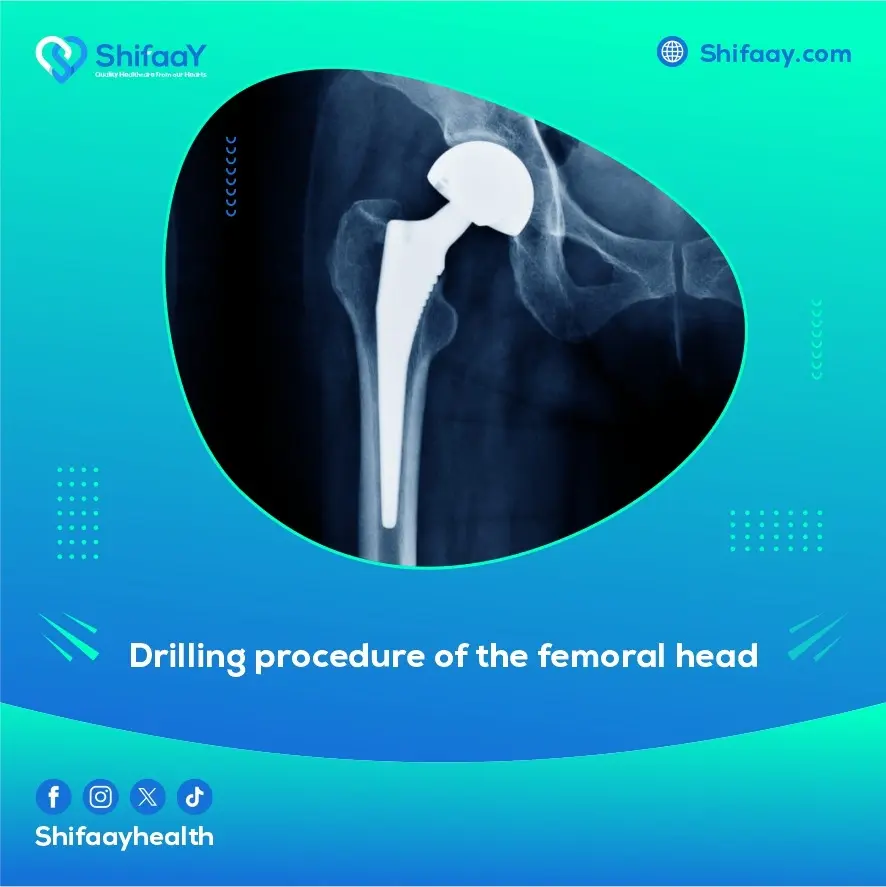
Undergoing hip core decompression surgery has been one of the most remarkable medical experiences of my life. Although it was filled with challenges and pain, it revealed to me the true extent of human endurance and the critical importance of early treatment in such conditions. For those unfamiliar with this procedure, it is a highly specialized surgery aimed at addressing joint problems and alleviating chronic pain. I chose to undergo this operation after years of suffering from severe hip pain that significantly impacted my daily life. In this section, I’ll share my personal journey with femoral head core decompression and how it helped improve my quality of life.
In the beginning, my decision was heavily influenced by various factors, particularly the persistent pain that accompanied me constantly. However, after consulting with specialized physicians at Shifaay Medical Center and undergoing the necessary diagnostic tests, I decided to proceed with the hip core decompression surgery—which at the time felt like my last hope for relief from this chronic pain. The procedure required considerable mental and physical preparation, but I was driven by a deep desire to regain my mobility and restore the daily lifestyle that had slowly deteriorated as the pain worsened. I longed for the day I could walk without discomfort, sleep uninterrupted, and engage in simple activities without feeling broken or helpless.
Following the surgery, the recovery phase was filled with major challenges. I underwent several physical therapy sessions and adhered to medical advice that greatly contributed to a faster recovery. Despite the initial post-operative pain, the results were truly life-changing for me. I gradually regained flexibility in my hip and noticed tangible improvement day by day. So, if you’re considering this procedure but feeling hesitant, I highly recommend Shifaay Medical Center. Their extensive medical expertise and qualified team provide meticulous care and continuous follow-up before and after surgery.
Is Femoral Head Core Decompression an Easy Procedure?
Absolutely not. This surgery requires significant medical expertise and high surgical precision due to the delicate area being operated on and the potential risks involved. It is typically performed using advanced techniques like arthroscopy, which demands modern medical equipment and a specialized orthopedic surgical team. Moreover, the post-operative phase is just as critical, requiring a carefully structured rehabilitation program that includes physical therapy and continuous monitoring to ensure proper bone healing and safe, effective restoration of joint function.
How Long Does Hip Core Decompression Surgery Take?
The procedure typically takes between 30 to 60 minutes, although the duration may vary depending on the patient’s condition and the complexity of the case. Other factors include the medical technology used and the surgeons’ experience with such operations.

